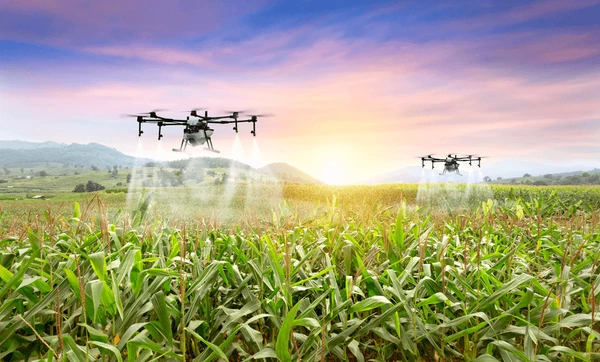In the face of rising input costs, labor challenges, and climate volatility, American farmers are turning to precision agriculture technologies to boost both profitability and sustainability. Innovations in crop management are helping growers optimise every acre — literally.
Leading the charge are tools that combine machine vision, robotics, and data-driven targeting to reduce waste and maximize yield. And the results? Fewer chemicals, better soil health, and more resilient farming systems.
1. John Deere See & Spray: Smarter Weed Control
John Deere’s See & Spray technology is revolutionizing how herbicides are applied. By using machine vision and AI to detect individual weeds, this tool applies chemicals only where needed—not across the entire field.
- Chemical reduction: Up to 52% fewer herbicides used
- Cost savings: Over $24 per acre saved on chemical inputs
- Environmental impact: Less runoff, healthier ecosystems
For large-scale growers, these savings add up quickly, all while maintaining—or even improving—weed control efficacy.
2. Susterre Water Jet Planter: Precision Planting, Reimagined
@Susterre’s Water Jet Planter uses ultra-high-pressure water jets to cut through crop residue, placing seeds and nutrients with pinpoint accuracy. It’s a breakthrough in no-till farming where residue management often compromises placement precision.
- Yield boost: Up to 8.5 bushels more per acre
- Soil health: Minimal disruption maintains soil biology and structure
- Efficiency: Simultaneous nitrogen and seed placement
By improving consistency in planting depth and spacing, this innovation is helping growers meet increasing demands with fewer resources.
3. Spray Drones: Targeted Treatment with Terrain Agility
Spray drones—like those used by Beck’s Hybrids and profiled in Farm Progress—are rapidly gaining traction across U.S. farmlands. Unlike traditional ground sprayers, drones offer unmatched maneuverability in hard-to-reach areas.
- Effective in complex fields: Ideal around tree lines, ponds, and uneven terrain
- Precision application: Reduces drift and chemical overlap
- Time savings: Faster treatment of small or remote plots
Especially during tight spray windows or in fields with obstacles, drones are proving to be a flexible, high – ROI tool in the ag toolkit.
Why It Matters
These technologies aren’t just buzzwords—they’re delivering real economic impact. From chemical savings to yield gains, precision ag tools are helping U.S. farmers do more with less.
They also contribute to sustainability goals by lowering emissions, reducing chemical use, and preserving soil health. As more farmers adopt these tools, we move closer to a future where agtech is as central to farming as the tractor once was.
What’s Next?
Adoption of these technologies is expected to accelerate, especially as:
- Policy incentives encourage sustainable practices
- R&D investments improve access and affordability
- Weather variability demands more resilient farming approaches
As farmers look to stay competitive in a fast-evolving landscape, precision agriculture offers a clear path forward—one driven by technology, intelligence, and stewardship.
Source: Beck’s Hybrids, Farm Progress



 Share your Details for subscribe
Share your Details for subscribe